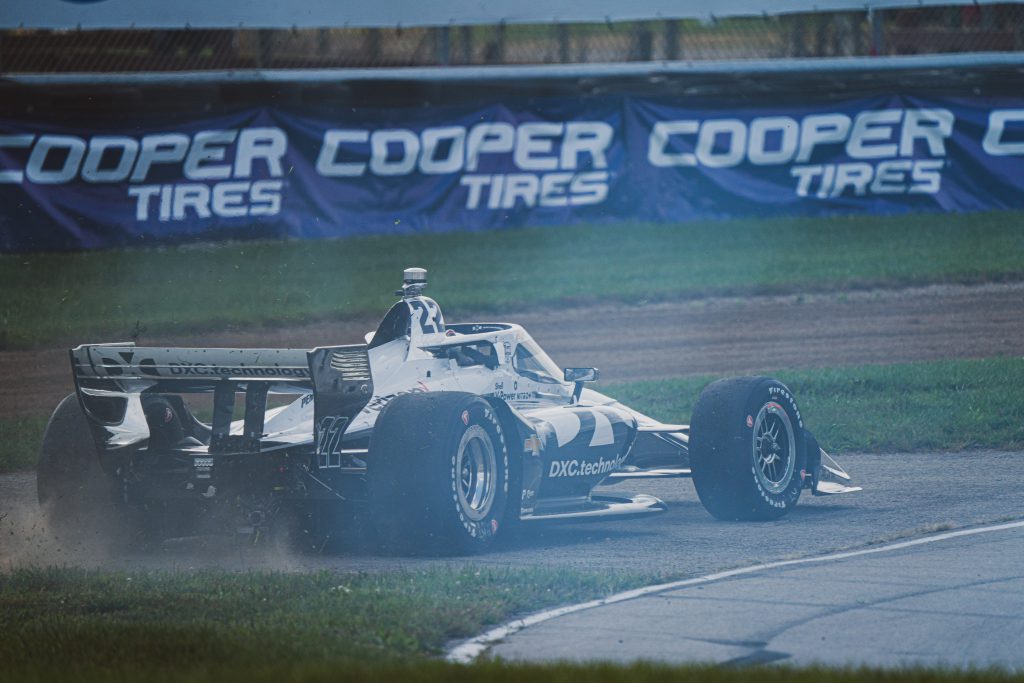In terms of his championship finish, 2020 was one of Simon Pagenaud’s worst seasons in IndyCar. It’s unusual to see such a strong driver struggle to this extent – especially when he spent most of the first half of the season closest to title winner Scott Dixon in the standings before tumbling to eighth.
The key issue can be traced back to a fundamental incompatibility between Pagenaud’s driving style and the 2020 IndyCar. With the aeroscreen added, it’s produced more weight high up at the front of the car, introducing a level of understeer that Pagenaud has struggled to cope with as well as making it tricky to get the tyres in the right window.
“My team-mates found ways with their driving to get around the problem, and I haven’t. I have no shame in saying it” :: Simon Pagenaud
It seems bizarre to be talking about a driver who has competed in so many championships – everything from Australian V8 Supercars to the Andros Trophy and top-level sportscars – struggling to adapt to a car.
In this day and age it’s even more unusual to hear a driver speak so openly and honestly about it, and not be scared to admit he hasn’t adapted as well as his Penske team-mates – one of which, Josef Newgarden, only narrowly missed out on the title.
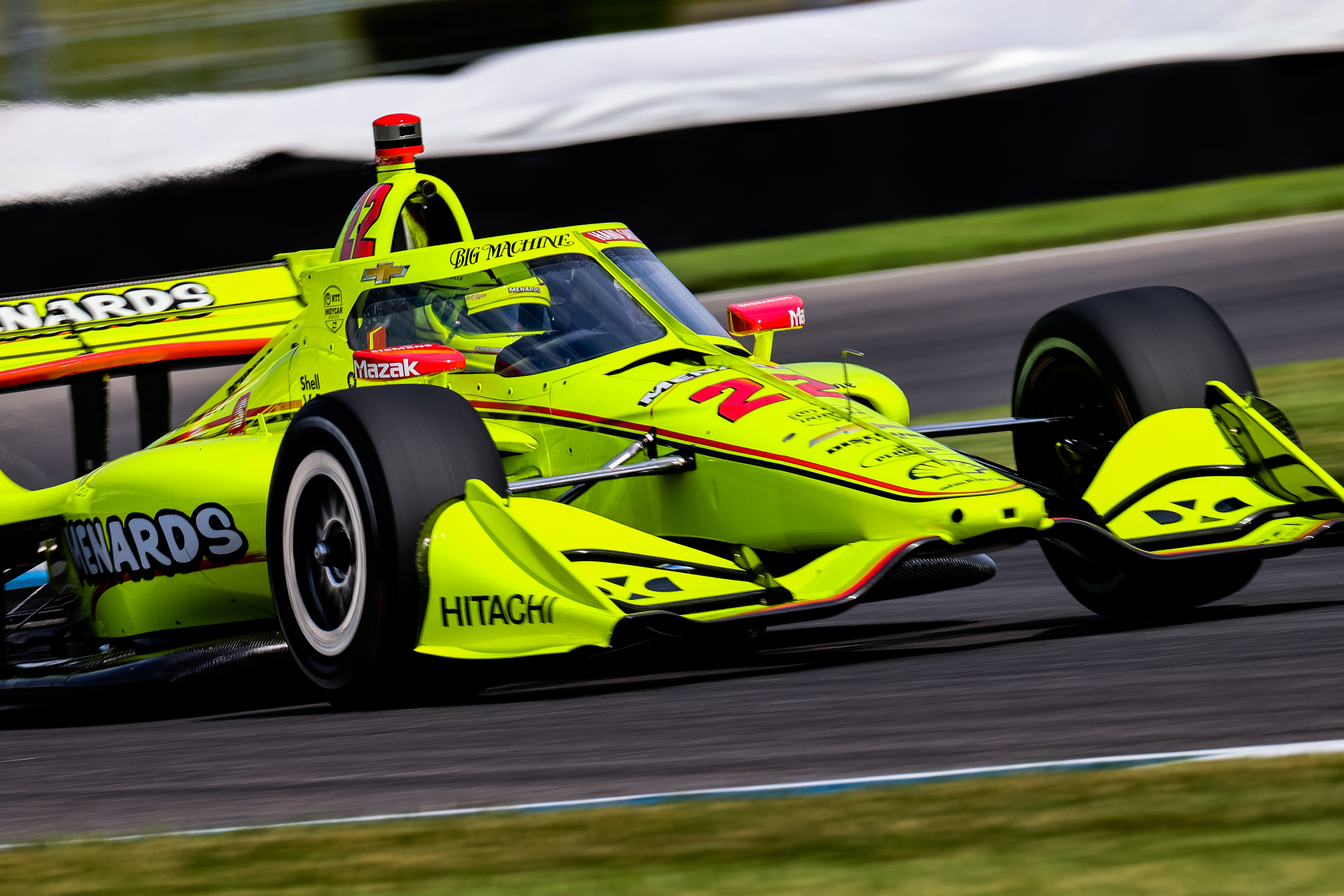
“It’s not private,” Pagenaud tells The Race when asked where the issue lies and if he would mind explaining it.
“I’ve had issues with making the car rotate around the corner the way that I want. The added weight to the front has added a natural understeer to the car that’s causing me a lot of issues to get back to the throttle. It’s very much that simple.
“My team-mates found ways with their driving to get around the problem, and I haven’t. I have no shame in saying it.
“Actually, to me it’s a positive knowing what I need to go faster. And yes, some will say that I should have adapted better, that’s certainly one opinion.
“My opinion is that when I’m going to get the car the way I want, I’m going to crush it. That’s how I look at it.”
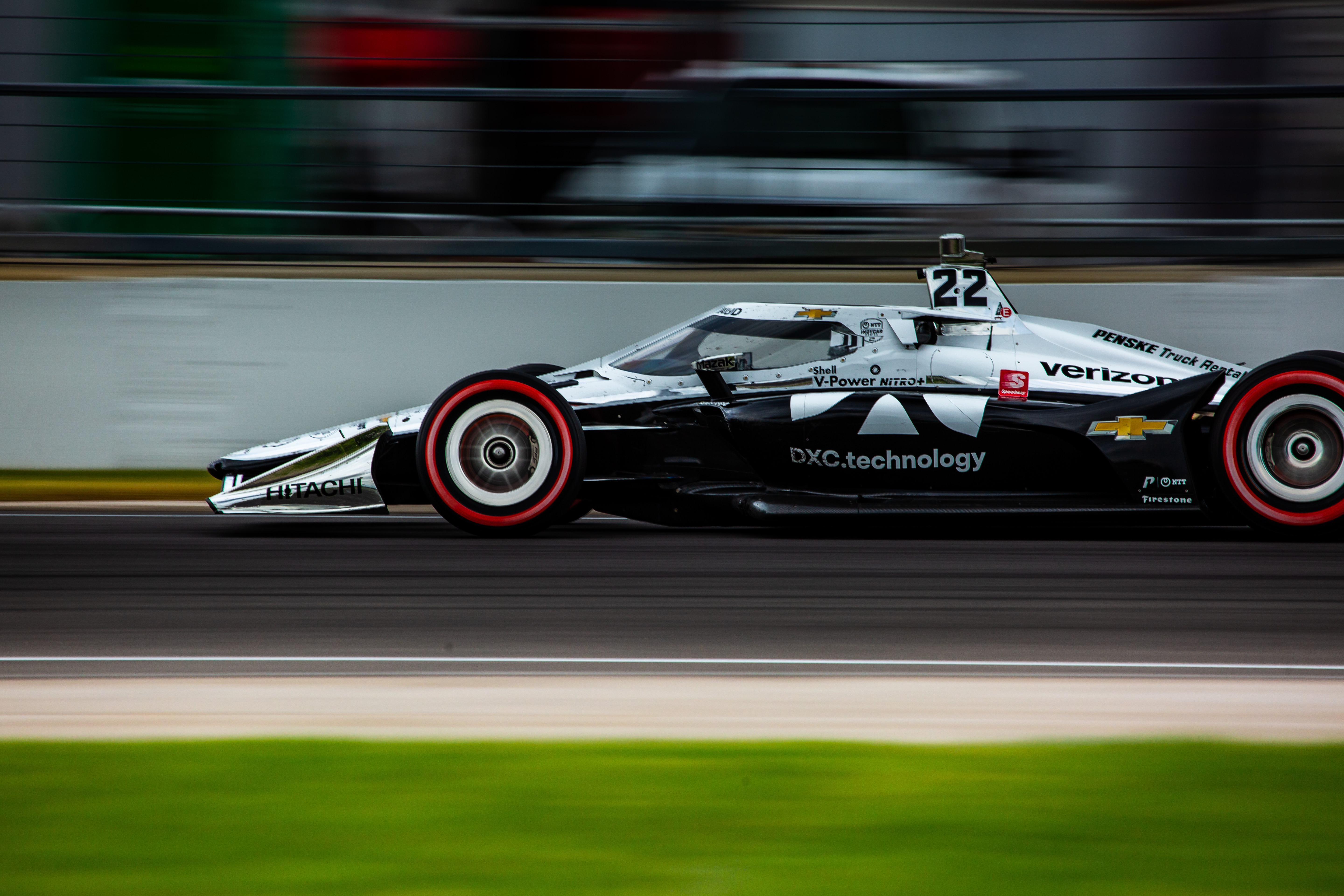
Failing to adapt to a car as well as a team-mate is a frequent stick used to beat drivers these days. But Pagenaud makes an interesting point that persevering and making his style work can ultimately be quicker, even if it has hampered his 2020 chances.
A driver who is incredibly adaptable and drags speed out of an ailing car isn’t always a good thing, as in some cases it can merely work to disguise issues with the car and stymie the team’s development and stop it from reaching its full potential.
A couple of standout performances this year show glimpses of what Pagenaud is talking about.
The second race of the season at the Indianapolis road course was a great example where he qualified 20th and turned that into third while he won from 23rd in the first Iowa race and then turned the same start into fourth in the following race of the double-header.
In fact, the first half of the season was full of poor qualifying performances and strong race runs, meaning he was Dixon’s closest challenger in the points.
Ultimately as the other drivers began to adapt and learn more about the car as the season wore on, Pagenaud’s fundamental understeer issue remained and a disastrous Indianapolis 500 weekend marked the start of his season’s downfall.
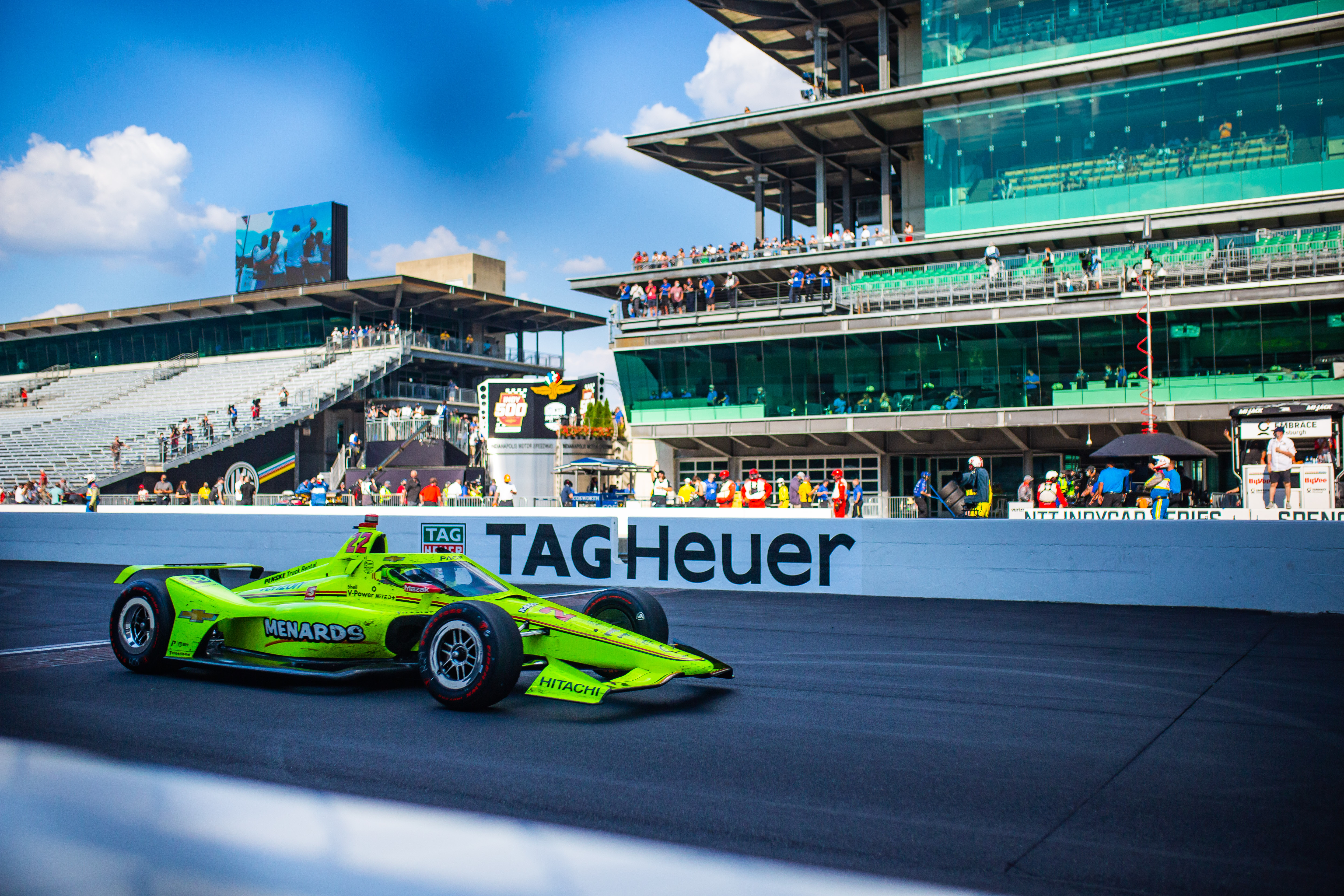
One year previous he had swept the month of May by winning the road course race at Indianapolis and then the 500. A year on the Chevrolet cars struggled and he was mired back in the pack from qualifying, unable to recover in America’s biggest race with 22nd from a 25th place start. He scored only two more top 10s in the remainder of the season.
He finished the season with an average start of 15.9 – the worst in his full-time IndyCar career – and his second worst championship finishing position after the 11th of 2015.
And we know what happened the year after. He dominated the championship with the most wins, podiums, poles and a 127-point winning margin.
This year has been the perfect example of the cut-throat nature of IndyCar and what it can do to top drivers even marginally off their game. Weaknesses are compounded by how close together the cars are in every session.
Because the competition is so close, there’s so little room for error as a small mistake can cause a plummet down the order far more costly than in other series that are less close. It’s a mental dilemma drivers have to deal with.
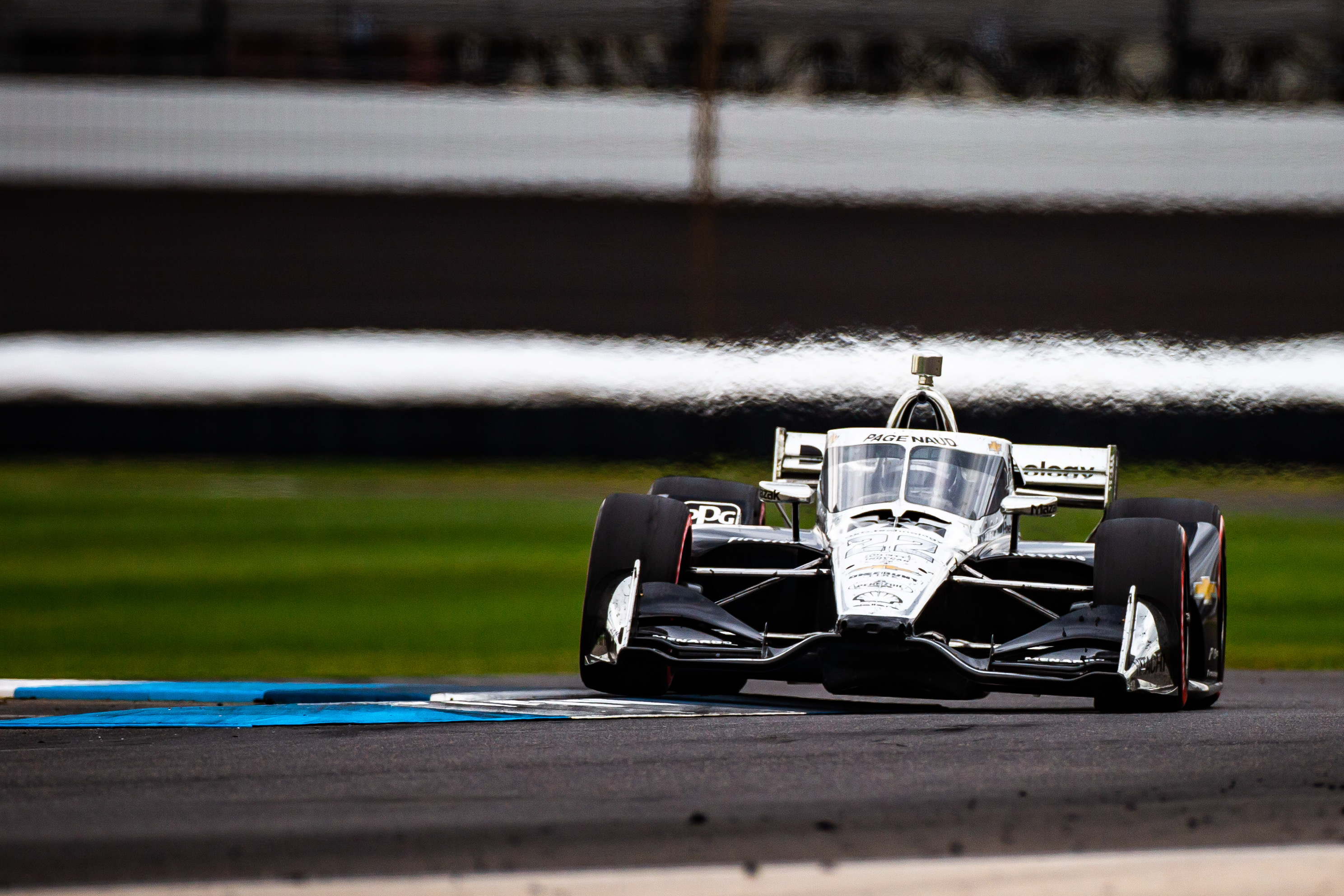
“It is such a rewarding championship, but also a difficult one, because when you do get it a little bit wrong, it has huge consequences,” explains Pagenaud.
“When I’m talking about a little bit wrong – in Indianapolis, there were five drivers within a tenth of a second in qualifying. And obviously, with the way the qualification is going, you’re talking about P2 or P12 for less than a tenth.
“I don’t know many series in the world that are like that. A tenth – it’s not like you’re not doing a good job. But it’s an extremely good job against a good job.
“So these days are very cut-throat.
“The cars are very similar, whether you’re Team Penske or other teams, we have very, very close cars. And it’s great that the series is like that right now, because it’s rewarding a group effort.
“It’s a team effort and as you can see, it’s often the same guys up front, often the same top five, but we’ve been challenged more and more every year by new guys coming up and it’s fun to see.
“But you’re right. It’s a balance. Dixon has been dominating all year. And then in Indy, you could barely see him. So it’s not like he became bad all sudden, it’s just that he had a little bit of an off weekend. But in any other series that wouldn’t have been seen that way.
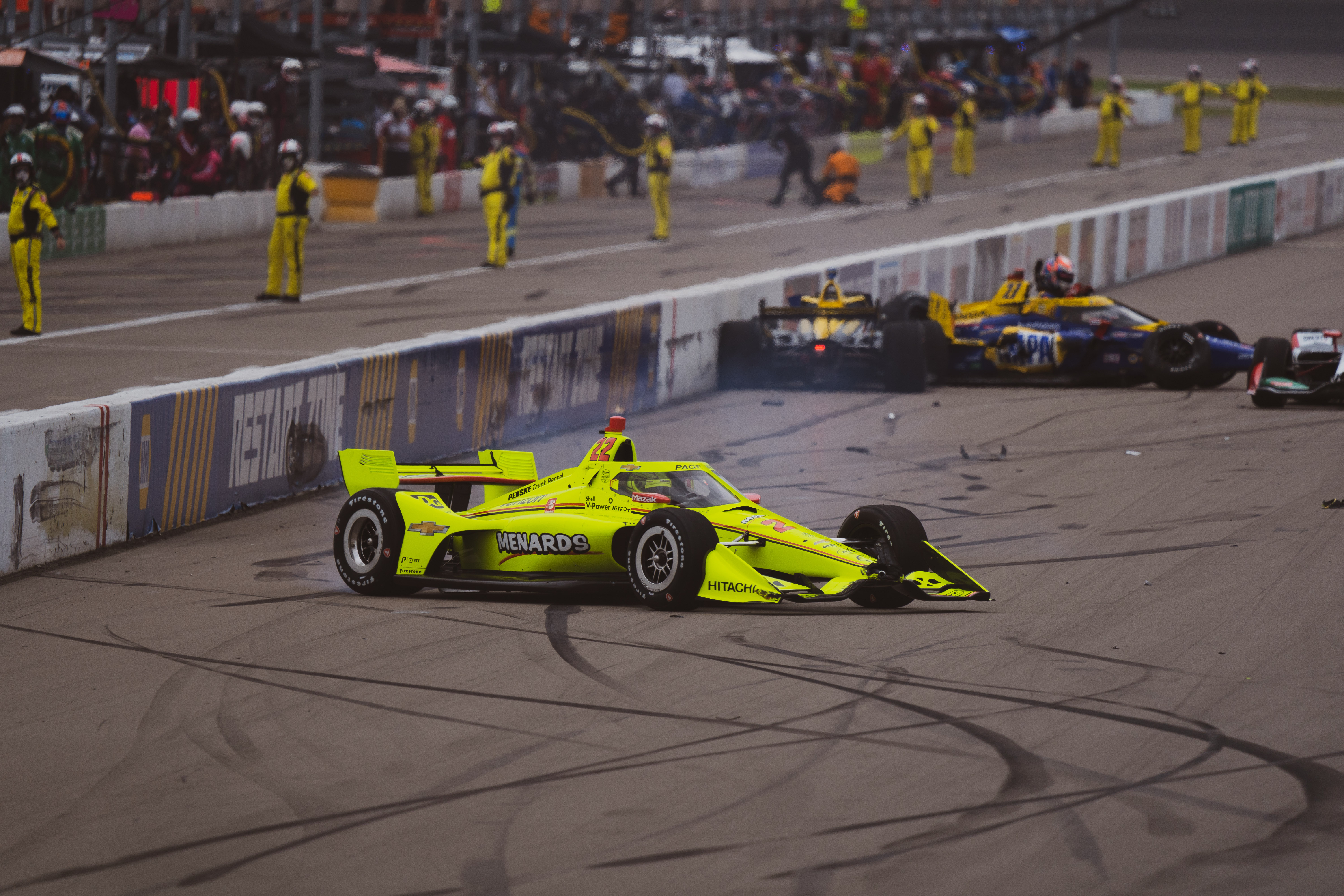
“But that’s the beauty of the NTT IndyCar Series right now. I’m just talking for myself here, but that’s why I love it and that’s why I have such motivation to do better every weekend.
“That’s what competition is about, you know, when you have strong competition, you just want to keep pushing, keep pushing, keep finding things, and it becomes a 24/7 job.”
“I’m somebody very technical, and I’m picky, I’m very picky with what I need” :: Simon Pagenaud
The Indianapolis race at the end of the year was one sign of progress for Pagenaud, and fans of the Frenchman will be pleased to know that he believes that a breakthrough has been made, a step back towards “crushing it”, as he puts it.
Part of the reason progress has been slow this year is the implications of coronavirus. It’s limited sim time and hamstrung factories with social distancing and even sometimes closure.
The condensed weekends have left little time for digesting data, and if you don’t start a weekend with a bad car there’s little room for improvement. No in-season testing was also a big area that affected Pagenaud’s road to recovery.
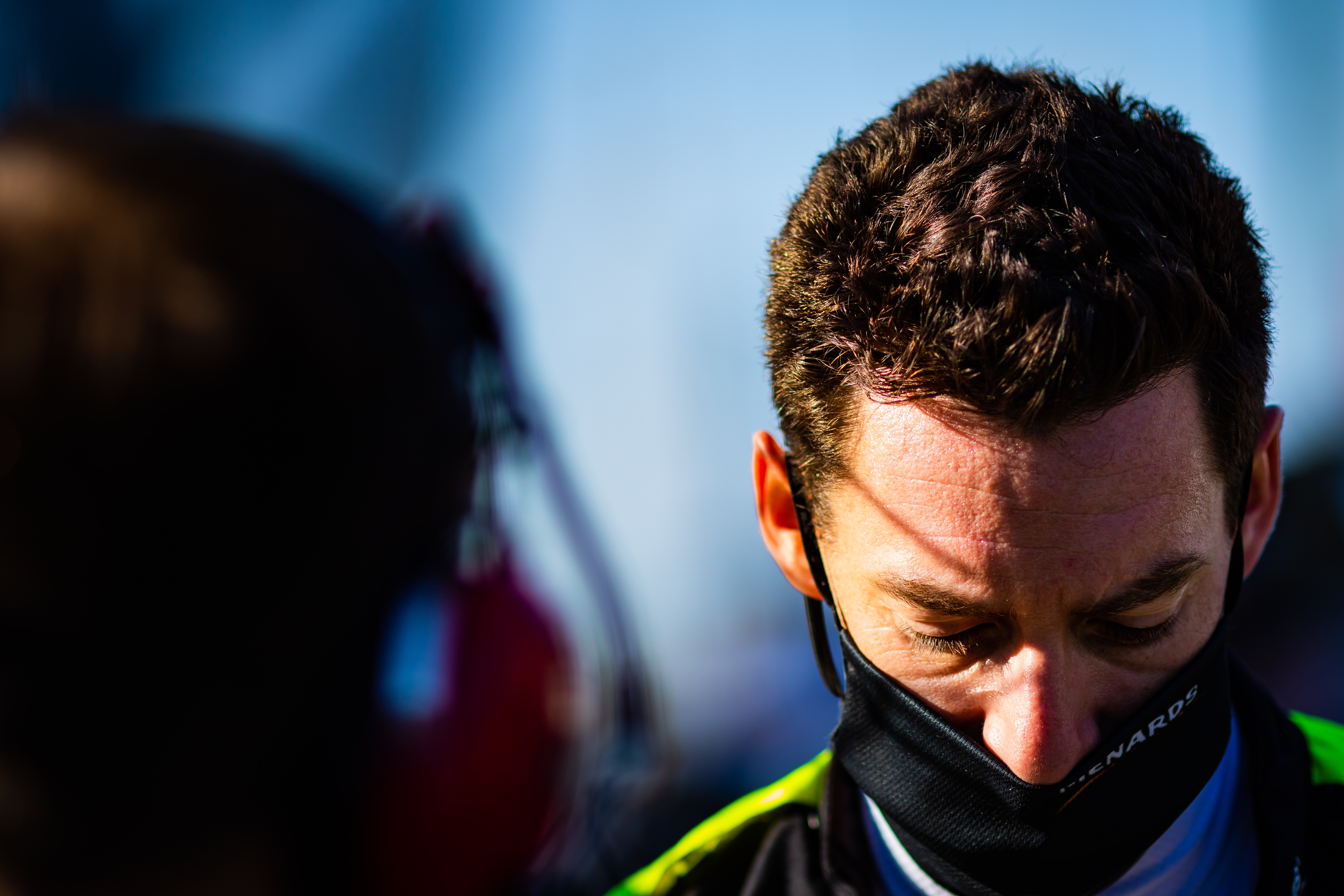
“There’s so many things that have changed this year,” he adds.
“Obviously, we’ve missed a day and a half of testing. That’s another thing that a lot of people don’t point out too. I’m somebody very technical, and I’m picky, I’m very picky with what I need. And I’m sensitive, I must say, compared to my team-mates, I require a style that is very particular.
“So if I don’t get it, I struggle a bit more to adapt. There’s no secret about that. But once I do get what I want, there is no doubt that we’re on pace every time.”
Pagenaud isn’t anticipating any changes in the off-season in the engineering team he has, which has been pretty much the same since his switch to Penske and his title in 2016 – when, by the way, he took seven pole positions.
Instead he wants to use the momentum built with the last Indianapolis road course race and a sixth-place finish at St Pete at the end of the season, to learn and come back fighting for the title again in 2021.
He should have had at least four tests under his belt by the time next season starts, and an off-season to reflect, evaluate and adapt.
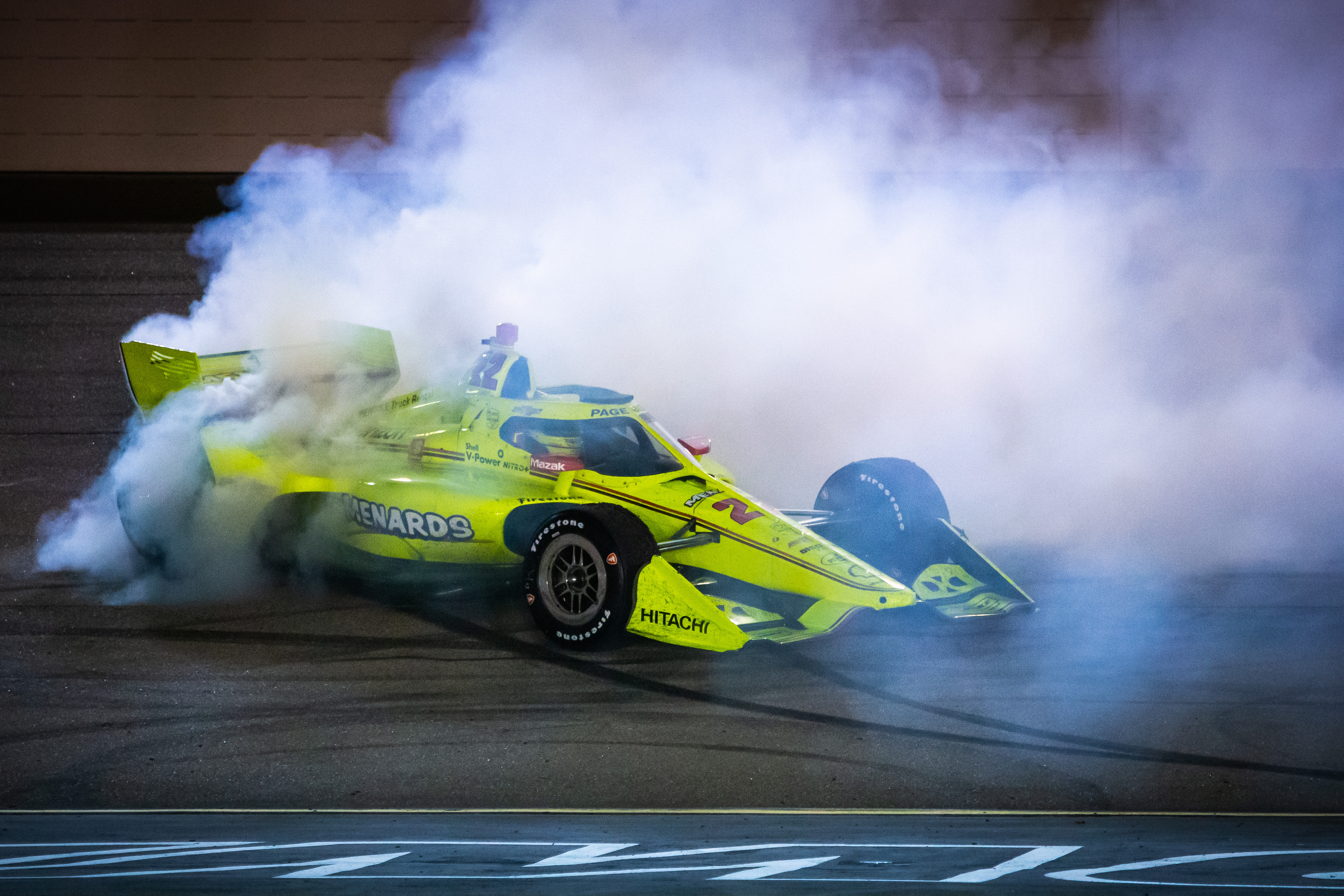
Asked how confident he was in the gains made, Pagenaud said: “Well, I think it is a bit of a breakthrough. But it’s the beginning of our baseline, I would say, for next year.
“We found an underlying issue I had with the car that I couldn’t drive around. And I think we found a way to go around it and a better understanding on how we were going to go forward.
“So that really helped us figure out the baseline of the car.
“I’m fully confident that next year, starting with that breakthrough, we’ll be able to build. I can’t wait to test, because that’s when we’re going to really restart from fresh and with the tools that we found at Indy, and go forward. I have no doubt will be on the pace next year.”
There’s no doubt this season has been as disastrous as any for Pagenaud, having built strong momentum in 2019 and only narrowly missed out on a second title. But the last time this happened, he turned an awful 2015 into a dominant follow-up campaign where he scorched to the title.
The standard is as high as ever in IndyCar, but if Pagenaud gets everything the way he wants and channels the knowledge and defeat of 2020, there’s nothing to stop him “crushing it” next year.


